What is a Combination Set?
A combination set is a versatile measuring tool used in woodworking, metalworking, and construction. It typically includes a Graduated Rule, a Square Head, and a Protractor Head, sometimes with additional components like a center head and depth gauge.
The combination set has three parts i.e., Square Head, Protractor Head, and Center Head. It is used for both marking and measuring. It is generally made up of alloy steel. It consists of a heavy scale, which is grooved all along its length.
Combination Square
A combination square is a versatile measuring and marking tool essential for woodworking, metalworking, and construction. It consists of a graduated rule and interchangeable heads, providing multiple functions in one tool. With its ability to measure angles, depth, and distances, as well as square lines and check for level, the combination square is a cornerstone in any toolbox. Its precision and adaptability make it indispensable for ensuring accuracy in various projects.
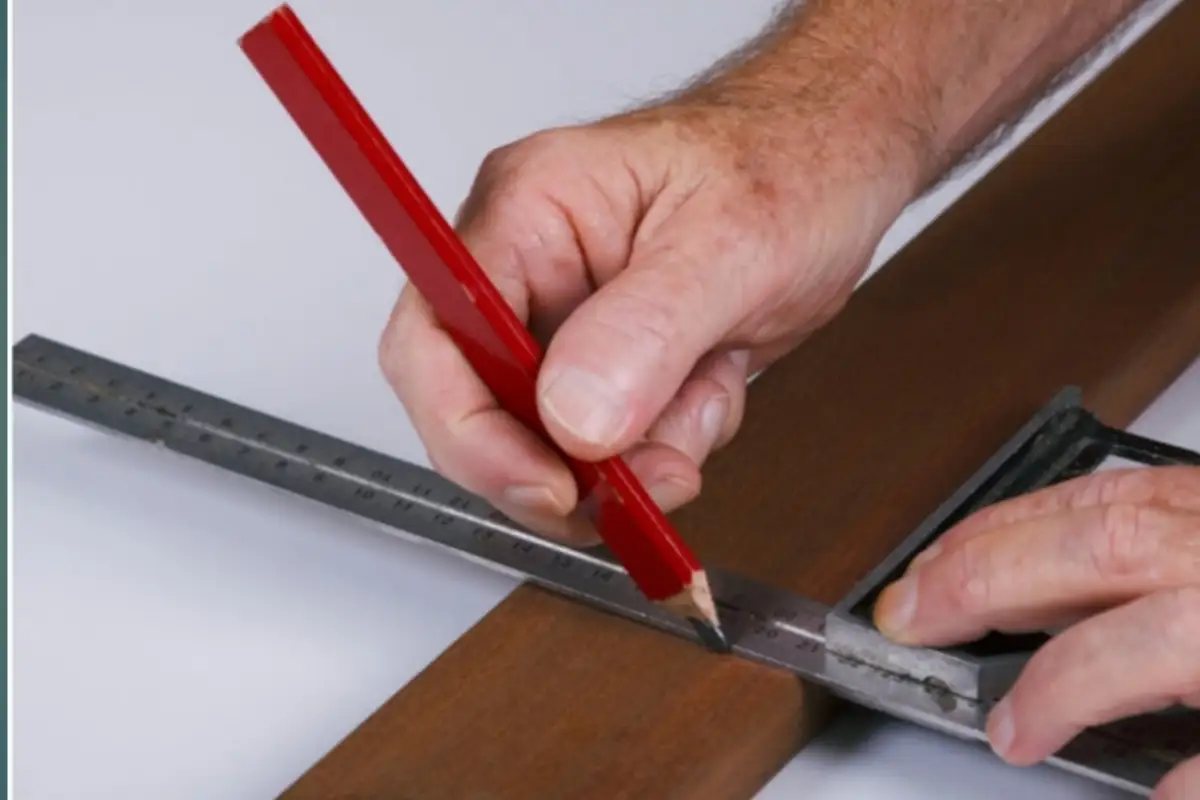
Every workshop needs a reliable workhorse, a tool that tackles multiple tasks and simplifies your projects. Enter the combination set, a versatile tool that combines the functionality of several measuring and marking tools into one.
Whether you’re a seasoned woodworker or a metalworking enthusiast, a combination set is an essential addition to your toolbox.
Key Components of a Combination Set
- Rule: Provides linear measurements in inches or millimeters.
- Square head: Used for checking and creating right angles.
- Protractor head: Measures angles.
- Center head: Finds the center of round objects (optional).
- Depth gauge: Measures depth (optional).
Price of a Combination Set/Square
The price of a combination square can vary significantly based on several factors:
- Brand: Renowned brands often command higher prices due to their reputation for quality and precision.
- Material: Stainless steel combination squares are generally more expensive than those made from carbon steel.
- Size: Larger combination squares typically cost more than smaller ones.
- Additional features: Squares with built-in spirit levels or other features may have a higher price point.
- Set or individual components: Purchasing a complete set is often more economical than buying components separately.
Generally, you can expect to pay anywhere from $20 to $100 for a good quality combination square. For professional-grade tools, prices can go even higher.
It’s essential to consider your specific needs and budget when choosing a combination square. A higher price doesn’t always equate to better quality, but investing in a reliable tool can save you time and frustration in the long run.
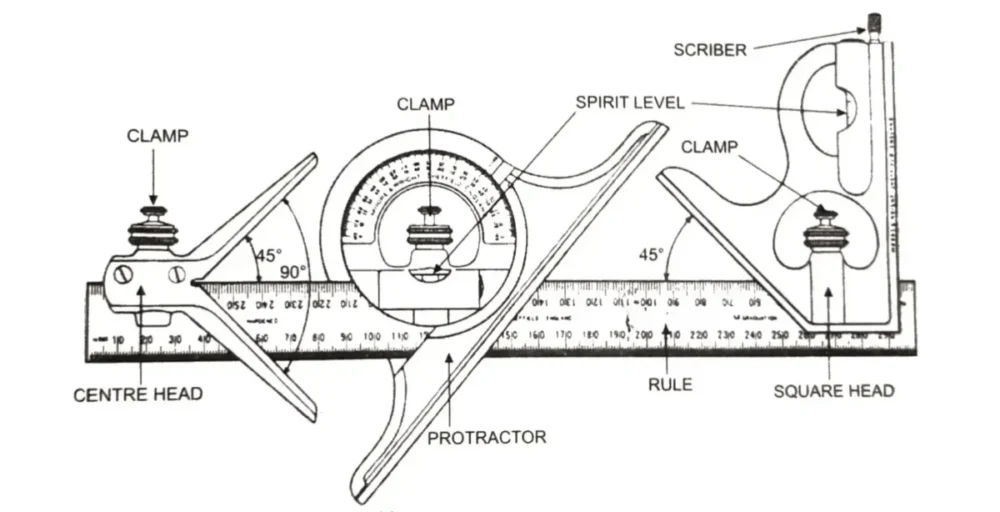
Combination Drawing: A Visual Guide
A combination drawing is a visual representation of a combination square, illustrating its components and how they work together. These drawings are essential for understanding the tool’s functionality and proper usage.
Key elements of a combination drawing:
- Overall view: A clear depiction of the entire combination square, including the rule, square head, and bevel head.
- Detailed components: Enlarged views of each component, highlighting their specific features and markings.
- Assembly diagram: A step-by-step visual guide on how to attach different heads to the rule.
- Usage examples: Illustrations demonstrating how to use the combination square for various measurements and tasks.
- Dimensions and specifications: Numerical data on the length of the rule, accuracy, and other relevant measurements.
By studying combination drawings, users can gain a thorough understanding of the tool’s capabilities and how to use it effectively.
Diagram of Combination Set
The spirit level attached to this is useful for setting jobs in a horizontal plane and it can be adjusted at any place by a locking nut and bolt. The Centre head is V-shaped and is made up of cast steel. Its internal angle is 90° with slots on its hypotenuse. It is also used to find the center of the round job.
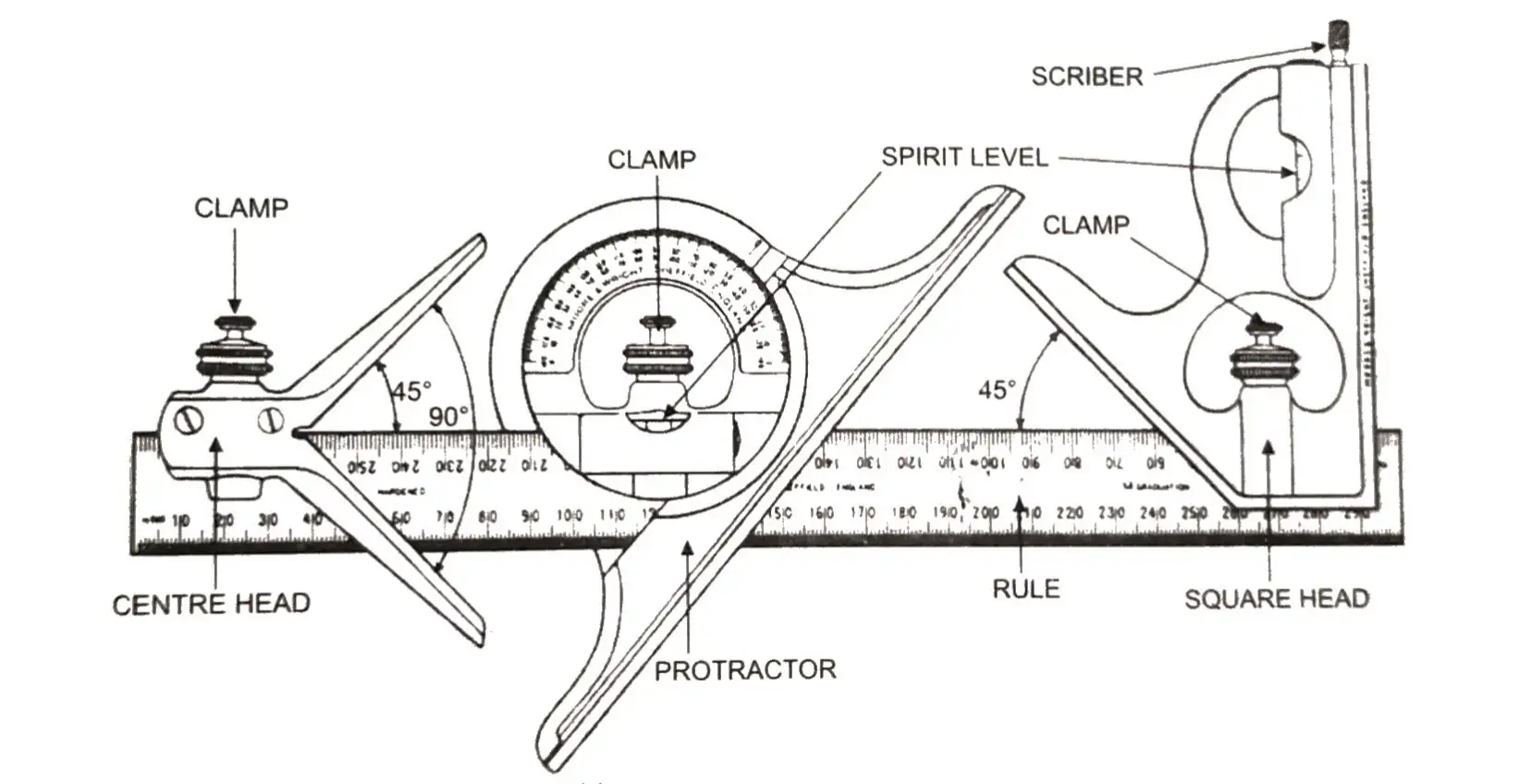
4 Main Parts of Combination Set
1 Steel Rule:
The steel rule or blade may be fitted to the center head, the bevel protractor, or the square head. Sometimes it is used separately as a straight edge or for measuring. Metric combination set rules are usually graduated in millimeters and half millimeters.
2 Square Head:
The square head or combination square is used to lay out lines parallel and at right angles to an edge. It may also be used as a depth gauge or for checking 45° and 90° angles. The square head can be moved along to any position on the rule.
3 Protractor Head:
The protractor head is used to lay out and check angles within an accuracy of 1°. The spirit level attached to this is useful for setting jobs in a horizontal plane.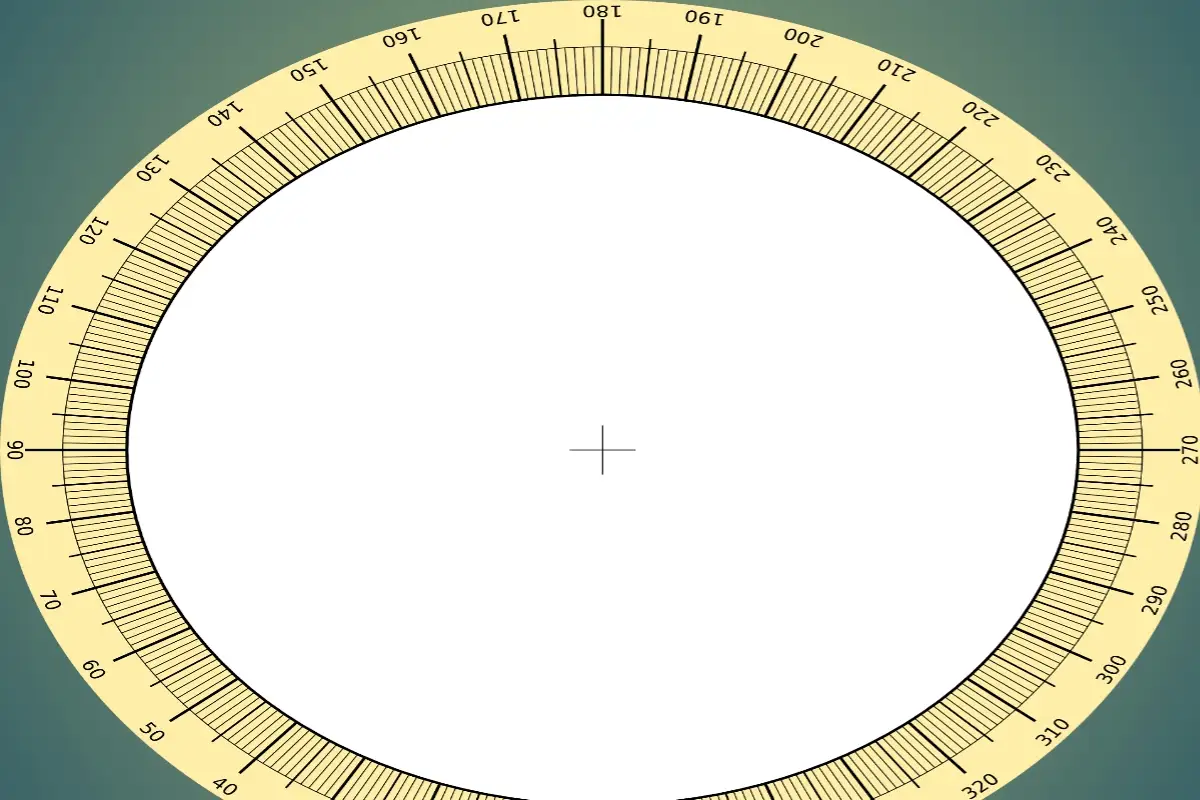
4 Centre Head:
The center head forms a center square when clamped to the rule. It can be used for locating centers of round, square, and octagonal stock.
The Many Uses of a Combination Set in Your Workshop
The beauty of a combination set lies in its versatility. Here are some ways it can elevate your workshop projects:
- Measuring: Use the rule for precise length measurements.
- Checking Squareness: Ensure perfect 90-degree angles with the square head.
- Marking Lines: Draw accurate parallel and perpendicular lines for layouts.
- Checking Angles: The protractor head allows you to measure and mark angles beyond the standard 90 degrees.
- Finding Center Points: Use the center head to locate the center of the round stock for drilling or other tasks.
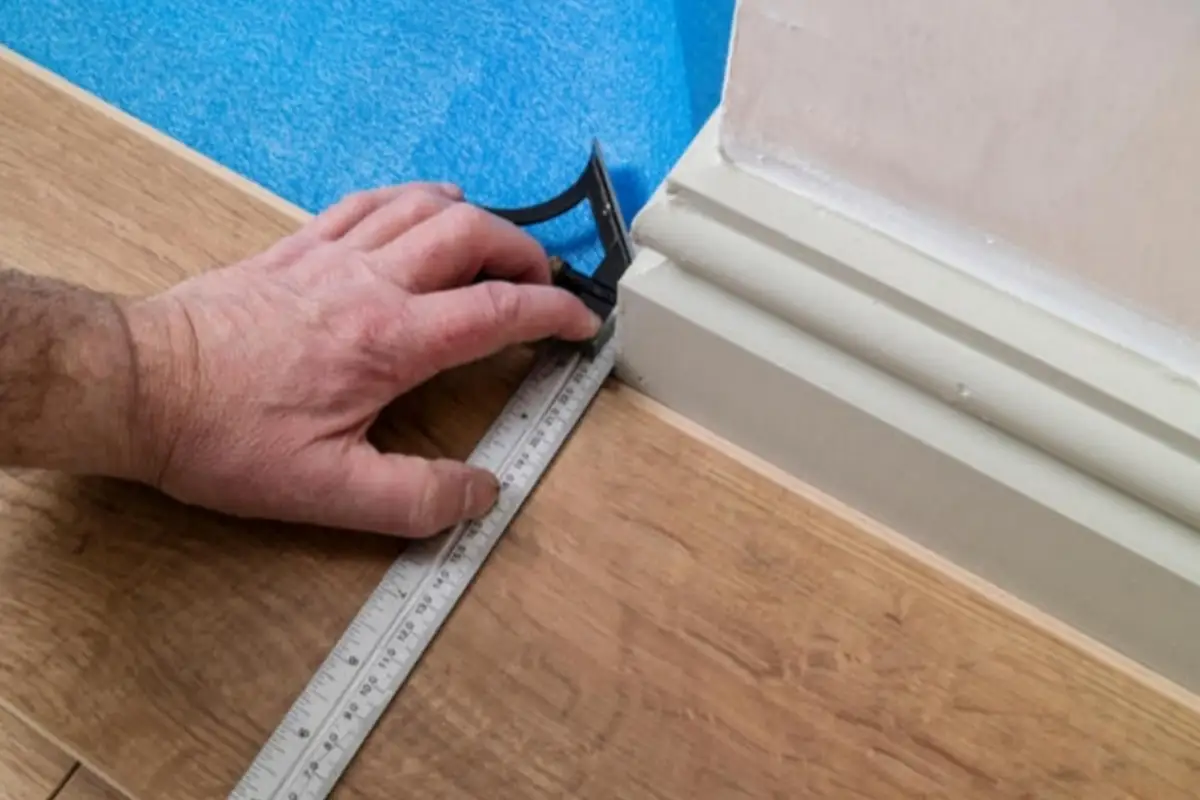
How to Use a Combination Set
- Choose the appropriate head: Select the head based on the measurement needed.
- Align the tool: Position the tool against the object accurately.
- Read the measurement: Interpret the markings on the tool for the desired measurement.
Use of a Combination Square
A combination square is a versatile tool with numerous applications in woodworking, metalworking, and construction. Its primary uses include:
Checking for level and plumb: Many combination squares include a built-in spirit level for leveling and vertical alignment.
Measuring and marking straight lines and distances: The graduated rule is ideal for precise measurements.
Checking and creating right angles: The square head ensures accuracy in constructing perpendicular lines.
Measuring and marking 45-degree angles: The bevel head allows for precise miter cuts.
Determining depth or height: By inverting the square, you can measure distances from a surface.
Transferring measurements: The square can be used to accurately transfer dimensions between workpieces.
Benefits of Using a Combination Set
- Versatility: Multiple functions in one tool.
- Accuracy: Provides precise measurements.
- Durability: Built to withstand heavy use.
- Cost-effective: Replaces multiple individual tools.
Common Combination Set Sizes
| Size | Typical Length (inches) |
|---|---|
| Small | 6-12 |
| Medium | 12-18 |
| Large | 18-24 |
Note: These are approximate sizes, and actual dimensions may vary.
Tips for Using a Combination Set
- Clean regularly: Remove dirt and debris for accurate readings.
- Handle with care: Avoid dropping or mishandling the tool.
- Calibrate occasionally: Ensure accuracy by comparing to a known standard.
- Store properly: Keep the tool in a protective case when not in use.
Popular Combination Set Brands
- Starrett
- Stanley
- Johnson Level
- Lufkin
- Master Tool
Note: This is not an exhaustive list and other reputable brands are available.
PDFs and Combination Squares
PDFs are a valuable resource for learning about and understanding combination squares. Many manufacturers and tool retailers provide downloadable PDF manuals and guides that offer detailed information on specific models. These documents often include:
- Product specifications: Dimensions, materials, accuracy, and other technical details.
- Component descriptions: Explanations of the different parts and their functions.
- Usage instructions: Step-by-step guides on how to use the tool for various tasks.
- Maintenance tips: Recommendations for cleaning, storage, and care.
- Troubleshooting advice: Common issues and solutions.
By accessing and reviewing these PDFs, users can gain a comprehensive understanding of their combination square and maximize its potential.
Measurement with a Combination Set/Square
A combination square is a precision tool designed for various measurement tasks. Its versatility stems from its interchangeable heads and graduated rule.
Types of measurements:
- Linear measurements: The rule on the combination square is used to measure length, width, and depth. It typically has both metric and imperial markings for flexibility.
- Angular measurements: The square head is used to check and create right angles (90 degrees), while the bevel head can be adjusted to measure and create various angles.
- Depth measurements: By inverting the square, you can accurately measure the depth of holes, slots, or recesses.
Key features for accurate measurement:
- Graduation: The precision of your measurements depends on the smallest division on the rule (least count). Finer graduations offer greater accuracy.
- Square head: Ensure the square head is perpendicular to the rule for accurate angle measurements.
- Bevel head lock: Tighten the lock securely to maintain the desired angle setting.
By understanding the components of your combination square and its capabilities, you can perform precise measurements for various woodworking, metalworking, and construction projects.
Least Count of a Combination Set/Square
The least count of a combination square refers to the smallest measurement that can be accurately read on its rule. It’s essentially the precision level of the tool.
- Rule: The least count of the rule depends on the spacing between the divisions. For example, if the divisions are 1mm apart, the least count is 1mm.
- Protractor head: The least count of the protractor head is typically 1 degree, though some models might offer higher precision.
A lower least count indicates a higher precision tool, allowing for more accurate measurements. When choosing a combination square, consider the level of precision required for your specific tasks.
The Combination Set/Square: A Versatile Tool
A combination square is an indispensable tool for anyone involved in woodworking, metalworking, or construction. It’s a versatile measuring and marking tool that consists of a graduated rule and interchangeable heads.
Key components:
- Rule: The graduated ruler provides accurate linear measurements.
- Square head: Used to check and create right angles.
- Bevel head: Allows for measuring and marking angles other than 90 degrees.
- Center head: Used for finding the center of round objects.
- Spirit level: Often integrated into the rule for checking level and plumb.
By combining these components, the combination square becomes a multi-functional tool capable of performing a wide range of tasks, making it an essential addition to any toolbox.
Conclusion: Invest in a Reliable Workshop Partner
The combination set is more than just a collection of tools; it’s a time-saving and efficient solution for various measuring and marking tasks. Its compact design and multi-functionality make it a must-have for any workshop.
A combination set is a valuable tool that can save you time and effort on your projects. With a little practice, you’ll become a measuring pro!
Ready to add this versatile tool to your arsenal? Consider investing in a high-quality combination set and experience the ease and precision it brings to your projects.
Explore other essential workshop tools on our website to further equip yourself for your next woodworking or metalworking endeavor!
FAQ
1. What are the main parts of a combination set?
The main parts of a combination set typically include a ruler, protractor, square, and center finder.
2. What are the uses of a combination set?
A combination set can be used for measuring, marking angles, checking squareness, and finding the center of round stock.
3. How is a ruler used in a combination set?
The ruler is used for measuring and marking lengths on various materials in the workshop.
4. What is the function of a protractor in a combination set?
The protractor is used for measuring and marking angles accurately in woodworking and metalworking projects.
5. How is a square used in a combination set?
The square is used for checking and marking right angles, ensuring precision in woodworking and metalworking tasks.
6. What is the purpose of a center finder in a combination set?
The center finder is used to locate the center of round stock or cylindrical objects for drilling or marking purposes.
7. What are some common marking tools used in a workshop?
Common marking tools in a workshop include pencils, marking knives, marking gauges, and scribes.
8. How is a marking knife used in woodworking?
A marking knife is used to score precise lines on wood, providing accurate reference points for cutting and joinery.
9. What is the function of a marking gauge in woodworking?
A marking gauge is used to scribe lines parallel to the edge of a workpiece, aiding in accurate layout and joinery.
10. How is a scriber used in metalworking?
A scriber is used to mark and scribe lines on metal surfaces, allowing for precise cutting and shaping during metalworking projects.